Guidance
What is cycling cadence? High or low, which is better?
Cycling, a symphony of pedal strokes and rhythmic movements, is not just a sport but a lifestyle for many enthusiasts. As riders embark on their cycling journeys, a pivotal question often arises: What is cycling cadence and does it matter? In this exploration, HOOKBIKE delve into the intricate dynamics of cycling cadence, dissecting the age-old debate of high versus low cadence to unravel the optimal pedaling rhythm.
What is cycling cadence?
Cycling cadence refers to the number of revolutions per minute (RPM) that a cyclist’s pedals make while riding. It is a measure of how fast or slow a cyclist is pedaling. Cadence is often expressed in revolutions per minute because it indicates how many times a cyclist completes a full pedal revolution in one minute.
Maintaining an optimal cadence is important for cyclists as it can impact efficiency, comfort, and overall performance. The optimal cadence can vary among individuals, but many cyclists aim for a cadence in the range of 80 to 100 RPM. This range is often considered a balance between generating sufficient power and minimizing fatigue on the muscles.
Cyclists can monitor their cadence using bike computers, cycling apps, or sensors attached to the bike. Adjusting cadence during a ride can help cyclists adapt to different terrains, conditions, and personal preferences. For example, a higher cadence might be used for climbing hills, while a lower cadence may be more suitable for sprinting or generating power in certain situations.
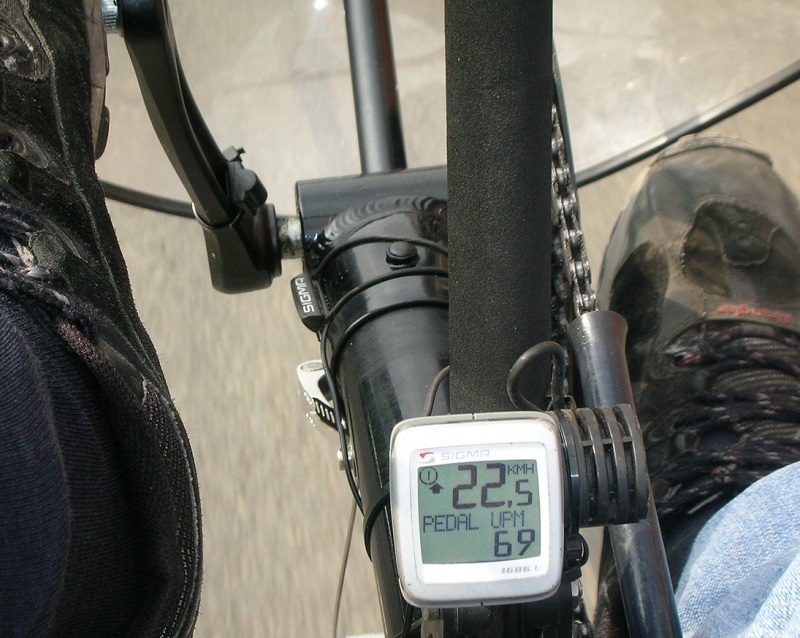
High and low cycling cadence? Which one is better?
The ideal cycling cadence can vary among individuals, and what works best depends on factors such as personal fitness, riding goals, terrain, and comfort. However, both high and low cadences have their advantages, and neither is universally better than the other. Here’s a brief overview of the benefits of high and low cycling cadences:
The High Cadence Symphony
High cadence, characterized by a rapid pedal turnover, has long been hailed as the preferred rhythm by many cyclists and coaches. Advocates argue that maintaining a higher cadence enhances cardiovascular efficiency, distributing the workload more evenly across muscle groups. This results in reduced fatigue and prolonged endurance, particularly during long rides or uphill climbs.
Benefits of High Cadence:
- Cardiovascular Efficiency: High cadence promotes optimal cardiovascular function, allowing for better oxygen delivery to working muscles.
- Reduced Fatigue: By spreading the workload, high cadence minimizes the strain on specific muscle groups, delaying the onset of fatigue.
- Improved Endurance: Cyclists often find that higher cadence leads to increased endurance, especially in challenging terrains.
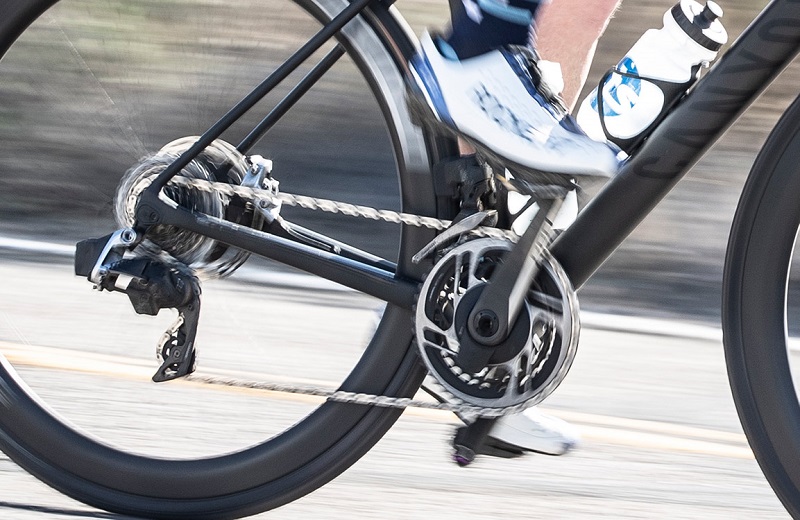
The Low Cadence Ballad
On the flip side, there exists a faction of cyclists who swear by the merits of low cadence. This method involves a slower pedal turnover, relying on muscular strength to propel the bike forward. While seemingly counterintuitive, low cadence has its own set of benefits that cater to a different set of cycling goals.
Benefits of Low Cadence:
- Muscular Strength: Low cadence places a greater demand on muscle strength, contributing to enhanced muscle development.
- Increased Power Output: Some riders argue that lower cadence translates to more power with each pedal stroke, particularly useful in sprints and bursts of acceleration.
- Improved Technique: Riding at a slower cadence allows cyclists to focus on refining their pedal stroke and overall technique.
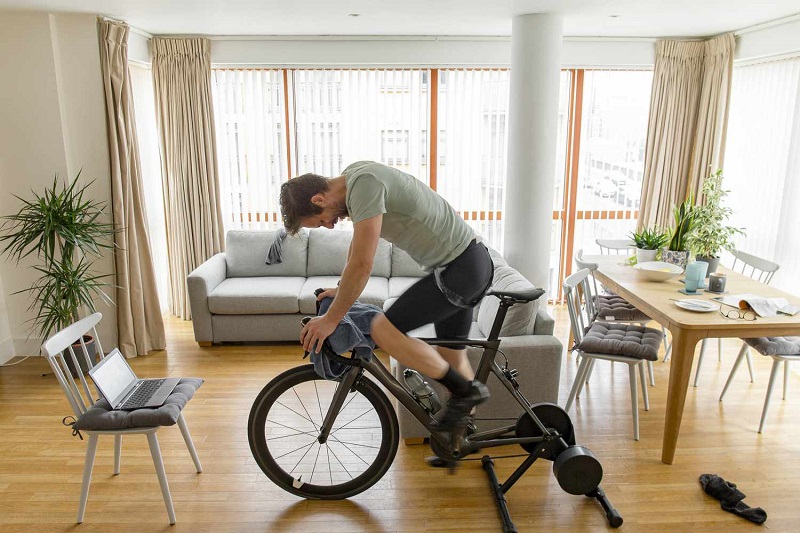
It’s important to note that individual preferences and physiology play a significant role in determining the optimal cadence for a cyclist. Some riders naturally feel more comfortable and powerful at higher cadences, while others may prefer a slower, more forceful pedal stroke. Additionally, terrain and riding conditions can influence the most effective cadence for a given situation.
Cyclists often experiment with different cadences during training to find what works best for them. Additionally, some training programs incorporate both high and low cadence intervals to improve overall cycling performance. Ultimately, the key is to find a cadence that feels sustainable and efficient for your riding style and goals.
Factors influencing the choice of cycling cadence
The choice of cycling cadence is influenced by various factors, and individual preferences can play a significant role. Cyclists often experiment with different cadences to find what works best for them in different situations. Here are some factors that can influence the choice of cycling cadence:
Terrain:
- Flat Roads: On flat terrain, cyclists might choose a cadence that allows for efficient power output and minimizes fatigue. A moderate to high cadence is often preferred for sustained efforts.
- Climbing: When climbing hills, some cyclists prefer a lower cadence to generate more power and engage larger muscle groups, while others may opt for a higher cadence to reduce fatigue.
Riding Goals:
- Endurance: Cyclists focusing on endurance might choose a cadence that allows for sustained effort over long distances. This often falls within the moderate to high cadence range.
- Sprinting/Power: For sprinting or situations requiring a burst of power, cyclists may opt for a lower cadence to maximize force production.
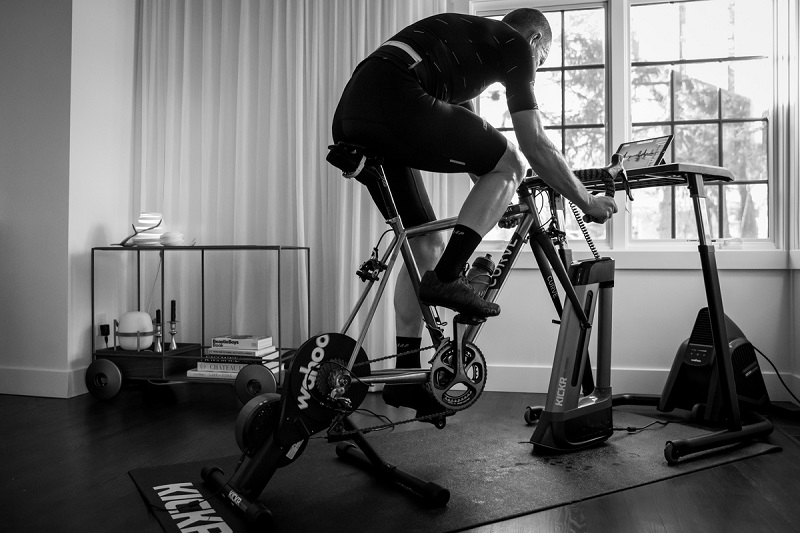
Fitness Level:
- Cardiovascular Fitness: Cyclists aiming to improve cardiovascular fitness might benefit from maintaining a higher cadence during their rides.
- Muscle Strength: Those looking to build muscle strength may choose a lower cadence to engage and challenge specific muscle groups.
Personal Comfort and Efficiency:
- Individual Preference: Some cyclists naturally feel more comfortable and efficient at certain cadences. Personal preference plays a crucial role in determining the optimal cadence for an individual.
- Biomechanics: Individual biomechanics, such as leg length and muscle activation patterns, can influence what cadence feels most natural and effective.
Training Strategies:
- Interval Training: Cyclists often incorporate both high and low cadence intervals into their training programs to improve overall performance and adaptability.
- Cadence Drills: Specific cadence drills during training can help cyclists explore and find their optimal cadence range.
Bike Setup:
Gearing: The bike’s gearing can influence cadence choice. Cyclists may adjust their gearing to better match the terrain or their preferred cadence range.
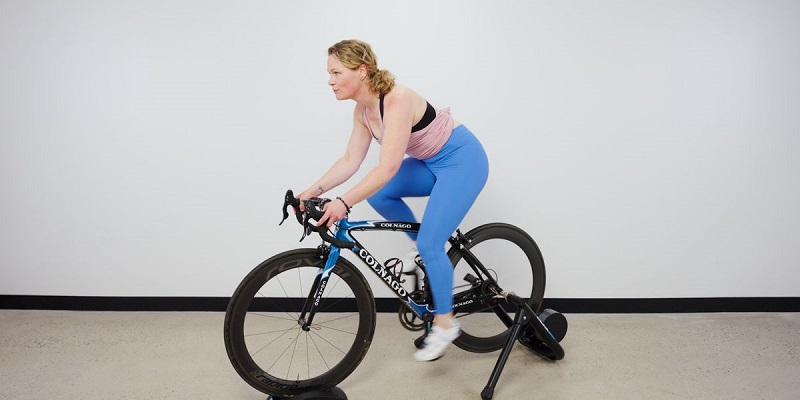
Experience and Skill Level:
Novice vs. Experienced Cyclists: Novice cyclists might naturally gravitate toward different cadences than more experienced riders. Over time, cyclists often refine their cadence preferences based on experience.
It’s important for cyclists to be adaptable and willing to experiment with different cadences during training to find what works best for them in various situations. The ideal cadence can also evolve as cyclists progress in their training and gain experience on different types of rides.
Practical advice for optimizing cycling cadence
Optimizing cycling cadence involves finding a balance that suits your individual preferences, riding style, and the specific conditions you encounter. Here are some practical tips to help you optimize your cycling cadence:
Experiment and Listen to Your Body:
- Try riding at different cadences during your training rides to see what feels most comfortable and efficient for you.
- Pay attention to how your muscles and joints respond at various cadences, and adjust accordingly.
Use a Cadence Sensor:
Invest in a cadence sensor for your bike. This device provides real-time feedback on your pedal revolutions per minute, helping you monitor and adjust your cadence as needed.
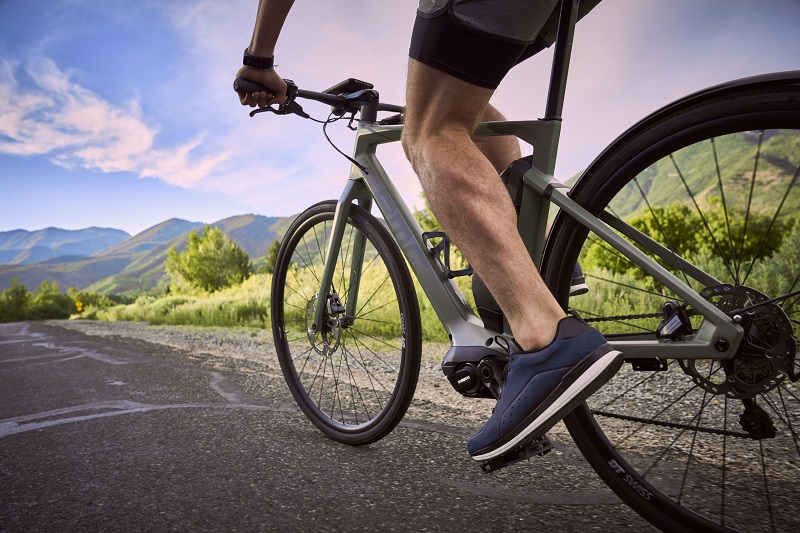
Gradual Changes:
When making changes to your cadence, do so gradually. Sudden, drastic changes can lead to discomfort and affect your pedaling efficiency.
Understand Terrain and Riding Goals:
- Adapt your cadence to the terrain. For flat roads, a moderate to high cadence may work well, while climbing might involve a lower, more powerful cadence.
- Consider your riding goals. If you’re focusing on endurance, you might lean towards a slightly higher cadence.
Interval Training:
Incorporate cadence-specific intervals into your training. This can include both high-cadence and low-cadence intervals to improve your ability to handle different situations.
Focus on Pedal Technique:
Work on a smooth and efficient pedal stroke. Concentrate on applying force throughout the entire pedal revolution rather than relying on only certain parts of it.
Gearing Adjustments:
Experiment with your bike’s gearing. Adjusting the gear ratios can influence your perceived effort and comfort at different cadences.
Monitor Effort and Heart Rate:
Pay attention to your perceived effort and heart rate at different cadences. This information can guide you in finding the cadence that allows for efficient power output without excessive strain.
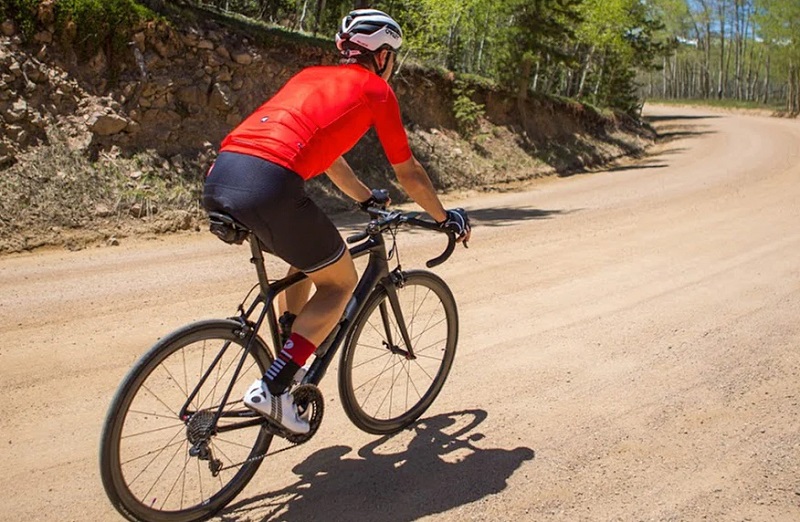
Build Strength and Flexibility:
Strengthen your leg muscles through targeted exercises. A stronger foundation can provide more options for comfortable cadences.
Work on flexibility to reduce the risk of discomfort or injury associated with different cadences.
Stay Hydrated and Fuel Properly:
Dehydration and inadequate nutrition can impact your energy levels and muscle function, potentially influencing your ability to maintain a desired cadence.
There is no one-size-fits-all solution, and what works for one cyclist may not work for another. Regularly assess and adjust your cadence based on your evolving fitness level, riding conditions, and personal preferences. Enjoy the process of finding your optimal cadence, and don’t hesitate to seek advice from experienced cyclists or coaches.
In Conclusion
In the grand symphony of cycling, the verdict on the superiority of high versus low cadence remains elusive. The key lies in embracing cadence diversity, recognizing that different scenarios may call for varying pedaling rhythms.
As you embark on your cycling endeavors, let your intuition guide you. Experiment, adapt, and find the cadence that harmonizes with your cycling goals and physical capabilities. Remember, the beauty of cycling lies not just in the destination but in the rhythmic journey of each pedal stroke. Hopefully the following HOOKBIKE article has helped readers know What is cycling cadence? High or low, which is better? From there, apply it effectively in your practice process.

